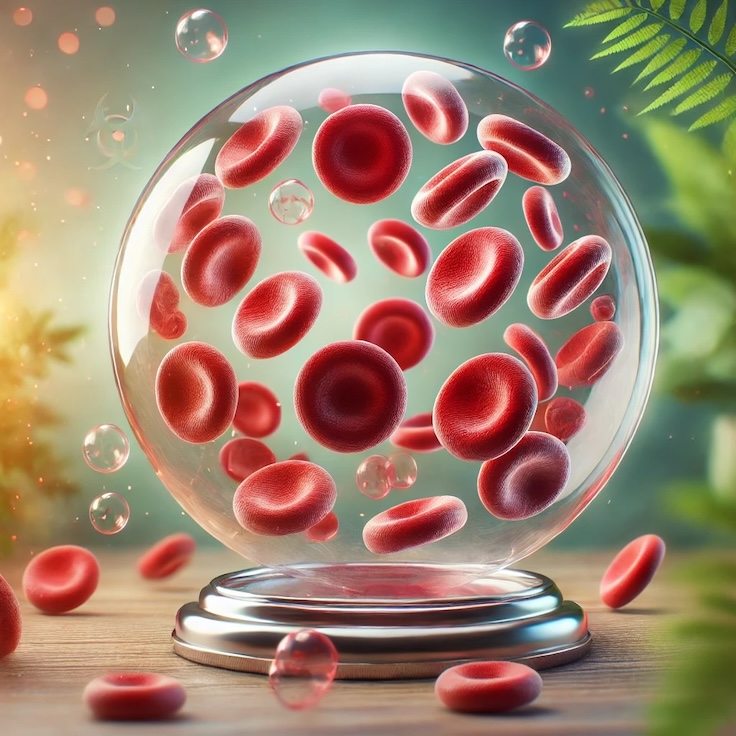Thrombocytopenia: Comprehensive Natural Analysis and Support
Thrombocytopenia often has underlying causes that standard treatments may overlook. With Dr. Randi Shannon’s unique approach, we offer a complete analysis to identify root issues through a comprehensive process.
Key Facts:
- Normal Platelet Count: Typically ranges from 150,000 to 450,000 platelets per microliter of blood.
- Thrombocytopenia Threshold: Defined as having fewer than 150,000 platelets per microliter.
- Critical Levels: A count below 10,000 can result in life-threatening internal bleeding.
Causes of Thrombocytopenia
Thrombocytopenia can stem from several causes, ranging from immune system disorders to medication side effects. Some of the primary causes include:
- Autoimmune Conditions: In cases like Immune Thrombocytopenic Purpura (ITP), the immune system mistakenly attacks and destroys platelets.
- Medications: Certain drugs, such as heparin (a blood thinner), can lead to drug-induced thrombocytopenia.
- Infections: Viral infections, including HIV, hepatitis C, and Epstein-Barr virus, can reduce platelet production or increase platelet destruction.
- Bone Marrow Disorders: Conditions like leukemia or aplastic anemia can impair bone marrow function, leading to decreased platelet production.
- Genetic Factors: Some individuals have inherited thrombocytopenia due to genetic mutations affecting platelet production.
Types of Thrombocytopenia
Understanding the type of thrombocytopenia is essential for accurate diagnosis and treatment. Here are some of the most common types:
- Immune Thrombocytopenic Purpura (ITP)
- An autoimmune disorder where the body’s immune system destroys its own platelets. ITP can be acute or chronic and MD’s will say it may require immunosuppressive treatments.
- Heparin-Induced Thrombocytopenia (HIT)
- A reaction to the blood thinner heparin, HIT causes the body to attack its own platelets, increasing the risk of clotting rather than bleeding.
- Drug-Induced Thrombocytopenia (DIT)
- Caused by medications other than heparin, such as antibiotics and anti-seizure medications.
Symptoms of Thrombocytopenia
Symptoms of thrombocytopenia vary depending on the severity of the platelet count reduction. Common symptoms include:
- Easy Bruising: Even minor injuries may cause significant bruising.
- Petechiae: Small red or purple spots under the skin, often on the legs.
- Excessive Bleeding: Nosebleeds, bleeding gums, or prolonged bleeding from cuts.
- Fatigue: Low platelets can sometimes coincide with anemia, causing general fatigue.
- Internal Bleeding: Severe cases can result in gastrointestinal bleeding or blood in urine.
Diagnosis of Thrombocytopenia
Diagnosing thrombocytopenia typically involves several tests to determine the cause and severity:
- Complete Blood Count (CBC): Measures platelet count and other blood components.
- Bone Marrow Biopsy: If bone marrow disorders are suspected, a biopsy may reveal abnormalities in platelet production.
- Peripheral Blood Smear: Helps detect abnormal platelets and identify any other blood cell issues.
- Platelet Function Tests: Assess the functionality of platelets if they appear abnormal.
***Before enrolling in my Thrombocytopenia Program, you must first have a diagnosis from your MD. I will review any recent bloodwork and essential health reports—including those prior to diagnosis—to ensure a thorough understanding of your case. Clients receive an in-depth initial consultation, including image review, a detailed questionnaire, a personalized path toward potential reversal, and a comprehensive health plan. This program also includes up to five complimentary follow-up consultations to help monitor your progress, make personalized adjustments, and provide ongoing support throughout your journey to restored health. Book an analysis today and take the first step toward a healthier, more balanced life.
